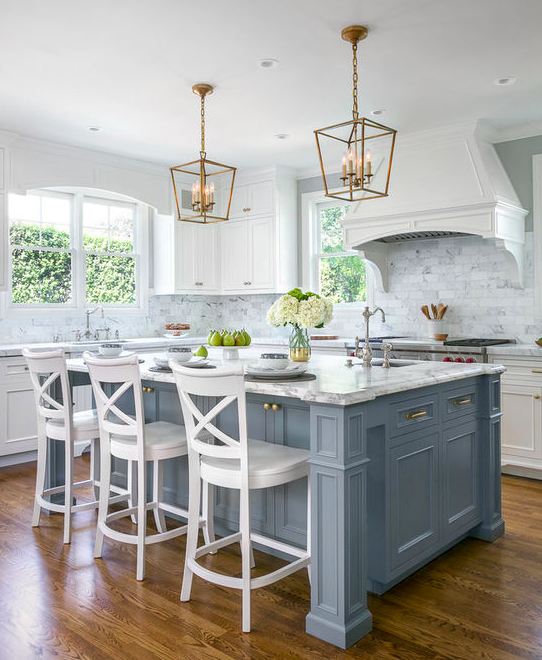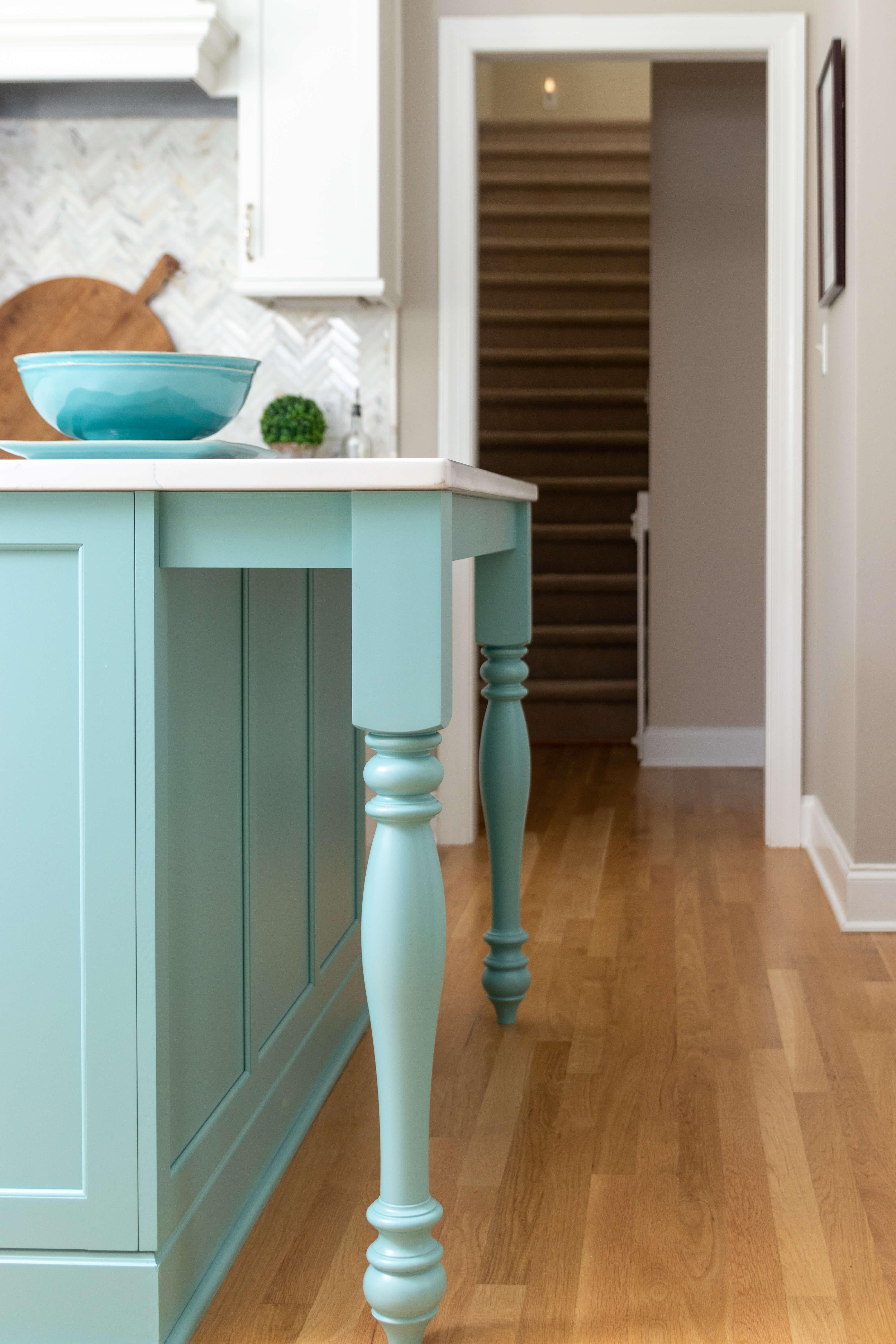Stylish Kitchen Island Legs to Enhance Your Kitchen counter
Stylish Kitchen Island Legs to Enhance Your Kitchen counter
Blog Article
Important Tips for Selecting the Perfect Table for Your Cooking Area
Picking the best eating table for your cooking area is greater than simply an issue of taste; it requires a thorough understanding of your room and requirements. Begin by gauging your available area to make sure sufficient clearance for movement. The shape of the table plays an essential duty; while rectangular tables match larger areas, round ones foster affection, and extendable choices provide flexibility. Material choice is just as essential, with woods supplying longevity and glass loaning a modern-day touch. Lastly, the table must integrate with your kitchen's aesthetics and fit your household comfortably. What other variables might influence this vital decision?
Action Your Area
Picking the optimal eating table starts with a careful assessment of your readily available space. This foundational action makes sure that the table not only fits conveniently within the area yet also matches the total layout and capability of your eating area. Begin by measuring the measurements of the area, thinking about entrances, windows, and any existing furnishings. This will certainly assist you figure out the maximum allowable size for your table.
Think about the circulation of motion around the table. It is necessary to leave ample space for chairs to be taken out and for individuals to walk around the table without obstruction. A general general rule is to enable at least 36 inches of clearance from the edge of the table to the nearby wall surface or furniture. This ensures simplicity of accessibility and convenience throughout dishes.
Additionally, consider the variety of individuals you commonly amuse and whether you need extra area for guests. Selecting an extendable table can give versatility, permitting you to fit varying numbers of diners. By accurately measuring your space, you prepared for selecting a dining table that improves both the appearances and capability of your eating location.
Pick the Right Shape

On the various other hand, round tables are outstanding for smaller kitchen areas or intimate gatherings, as they promote conversation by allowing everyone to encounter each other. They also supply a feeling of coziness and can fit well in tighter areas due to their lack of sharp edges. Oval tables provide the very best of both worlds, integrating the size of rectangle-shaped tables with the intimacy of round ones, making them versatile for various setups.
Square tables are one more choice, specifically suited for square-shaped rooms. They develop a in proportion and modern-day look, cultivating an equal dining experience for all seated.
Material Considerations
When selecting an eating table, product considerations are vital in determining the table's resilience, upkeep demands, and total visual. Timber is a traditional selection, providing classic allure and effectiveness.
Glass-topped tables supply a contemporary, smooth look and can make an area appear bigger due to their openness. They require constant cleaning to stop smudges and finger prints. In addition, tempered glass is recommended for its extra toughness and security.

Finally, composite products like MDF (Medium-Density Fiberboard) or plywood are affordable options. These materials can simulate the look of solid timber however might not use the exact same longevity. They are normally simpler to tidy yet can be at risk to water damage otherwise effectively sealed.
Eventually, the choice of product need to line up with your kitchen's style, your lifestyle needs, and your budget plan constraints. (kitchen island legs)
Seats Ability and Comfort
Just how do you identify the best seating ability and comfort for your table? This crucial action includes examining both the physical area available in your kitchen area and your family's useful requirements. Begin by determining your kitchen area to make certain the table fits easily, enabling at the very least 36 inches of clearance around it for very easy motion. Take into consideration the variety of people who generally eat with each other, as this will certainly influence the table dimension. For a household of four, a rectangular table of 48 inches long or a round table with additional reading a 48-inch size is usually adequate.
Convenience is just as necessary. The elevation of the table need to ideally be around 30 inches, offering a balanced ergonomic stance for seated restaurants. Chairs need to have a seat elevation of 18 to 20 inches to ensure a comfortable eating stance. Additionally, think about the chair layout; upholstered seats and helpful backrests can boost eating comfort dramatically, especially throughout long term dishes.
Style and Appearance
Picking a dining table that suits your design and aesthetic appeal entails stabilizing individual taste with the existing decor of your dining area. The table is typically the centerpiece of the kitchen area, and its style must enhance the overall motif of the room. Whether your kitchen area flaunts a modern, minimalist appearance or a rustic, farmhouse appeal, the table you pick ought to harmonize with these components to create a cohesive and inviting ambience.
Consider materials very carefully; timber uses an ageless charm and can vary from abundant mahogany for a standard want to lighter oak for a contemporary feel. Steel and glass tables, on the various other hand, can introduce a sleek, industrial edge to your cooking area. Don't forget the table's form-- rectangular tables are classic and versatile, while round and oblong alternatives can promote an extra intimate eating experience.
In addition, pay very close attention to finishes and details. A troubled finish may include personality and heat, whereas a glossy surface area can add to a clean, modern aesthetic. Inevitably, your dining table must not just in shape effortlessly right into your kitchen's style however additionally mirror your personal design, raising the room both functionally and aesthetically.
Verdict
In conclusion, choosing the suitable dining table for a kitchen necessitates explanation cautious analysis of area, form, product, seating ability, and visual harmony. Inevitably, an appropriate eating table promotes an inviting ambience and suits the home easily, hence boosting the dining experience.

When selecting a dining table, product considerations are critical in determining the table's resilience, upkeep needs, and total visual. For a family of four, a rectangle-shaped table of 48 inches long or a round table with a 48-inch size is generally sufficient.
Don't ignore the table's form-- rectangle-shaped tables are traditional and versatile, while round and oblong choices can promote a more intimate dining experience. kitchen island legs.
Report this page